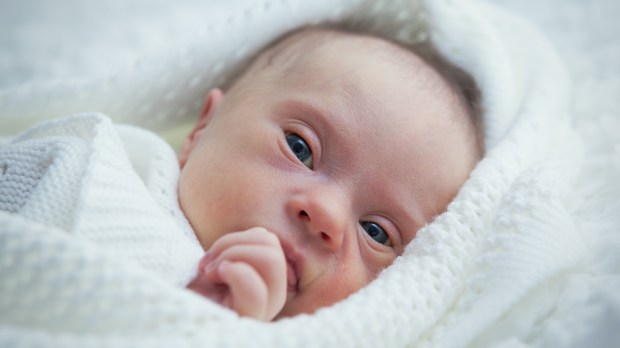I must admit that this information surprised me. Is the mortality of newborns increasing in France? Why, after decades—not to say centuries—of decline in infant mortality, have we seen a reversal of this trend in the last ten years? This phenomenon, little explored and relatively misunderstood, is alarming considering that this statistic is considered an indicator of development.
According to the French National Institute of Statistics and Economic Studies (INSEE), there were 3.6 deaths of children under one year of age for every 1,000 children born alive in 2021. This puts France in twenty-fifth place in Europe, far behind countries such as Iceland (1.1) or Estonia (1.6). To better understand, if we compare France with Sweden or Finland, 1,200 more deaths per year occur during the first year of life. This is a lamentable situation. (It’s worth noting that according to the CDC the infant mortality rate in the USA is even worse: 5.6 deaths per 1,000 live births in 2019.)
Later pregnancies
What’s going on? Beyond the difficulties of collecting reliable data, it’s likely that this phenomenon is multifactorial, although some elements predominate, as revealed by a study recently published in The Lancet. The first cause remains that of sudden infant death syndrome (SIDS), a tragedy that strikes 350 families each year in France, where the rate of sudden death—i.e., whose cause remains unknown—is the highest in Europe. This is a sad fact, even though France is one of the few countries to have set up an observatory to better monitor, understand, and therefore prevent these tragedies.
Another cause, linked to significant cultural and socio-economic changes, is that of later pregnancies. In developed countries, women have children later and later. The risks for the mother and the child increase significantly with the age of the women. And with it, infertility and recourse to assisted reproduction also increase. Obesity and smoking are also indicated as factors, as well as the increasing precariousness that affects immigrant women in particular. Finally, the closure of many maternity hospitals, the increasing difficulties of access to care, and the weakening of maternal and child protection services are also among the reasons for this regrettable increase.
A path of life
For the moment, there is insufficient information to explain this particular development with certainty. Could it be linked to better accompaniment in these difficult situations, to a change in the viewpoint of the medical teams after a few years of practice, or even to the testimonies of couples who have gone through this particular perinatal mourning?
I’m thinking, for example, of Aurélie Guyon and her husband, who shared their testimony in a book (La Petite Vie d’Azélie, published in French). When they discovered that the third child they were expecting was a carrier of trisomy 18, they did not resign themselves to an abortion. They chose to go through with the pregnancy and to accompany their child as best they could in the very short life that was predicted for him, so that he was able to live as much or as little as God wanted for him. Basically, they chose to let life be life and death be death, while supporting their grief with a precious strength: that of peace. In this way they came to realize, despite the suffering, what the midwife who accompanied them also discovered: that “it is not a path of death that you are going to live, but a path of life.”
The fact remains that infant mortality is an indicator of the health of a society. Let’s hope that it will become a public health priority in the years to come.



